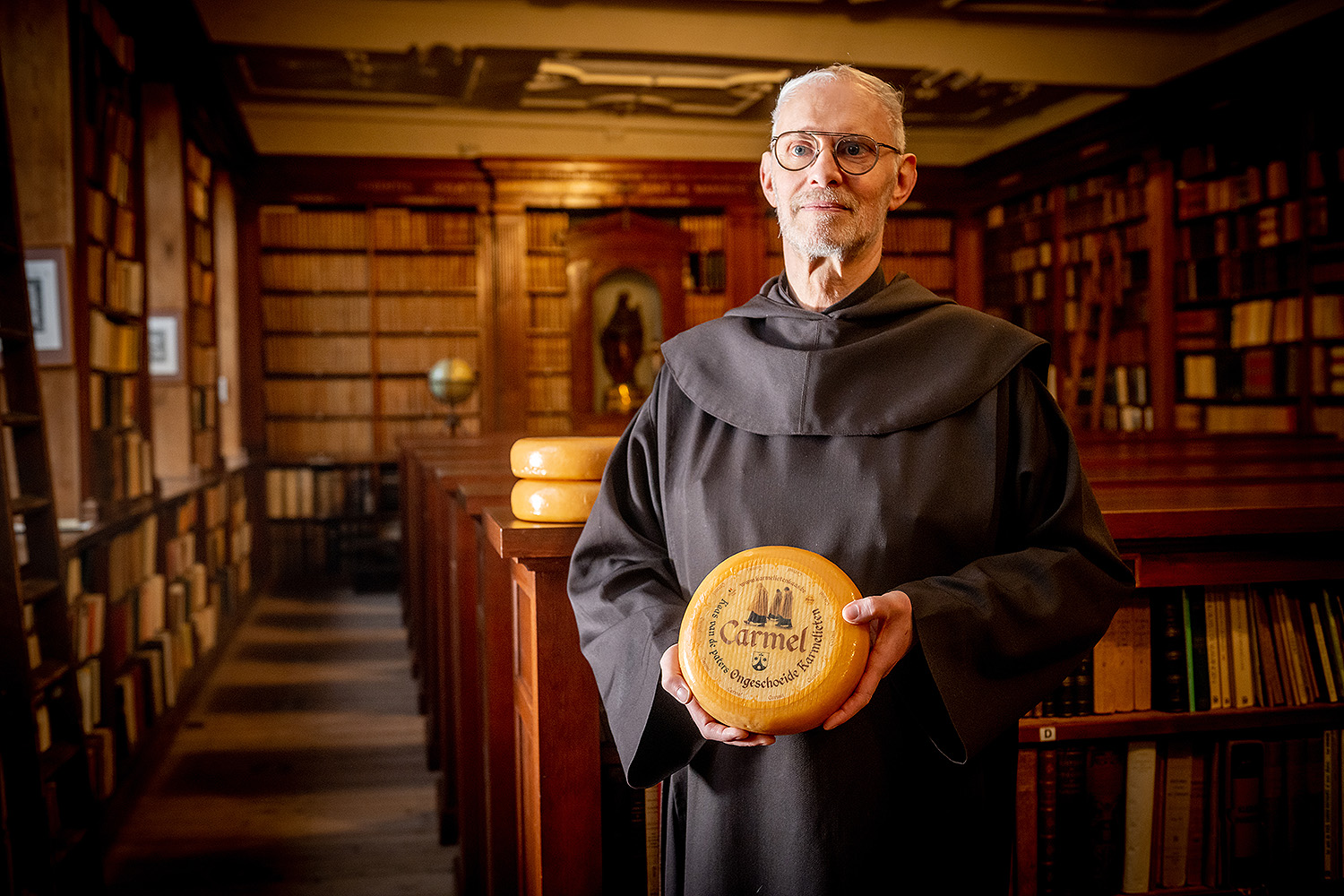Carmelites take their name from Mount Carmel in Jerusalem. In the early 1200s, a group of hermits gathered on the mountain in the Holy Land to seek God, form a community and help pilgrims and crusaders. In 1247, the Carmelites were recognised by the Pope as a mendicant order. The Carmelite rule is based on texts from the Bible. In the 13th century, the monks were called fratres barratibecause of their striped cloaks. At a chapter meeting in 1287 in Montpellier, France, it was decided to replace the striped coat with a white one.

Discalced Carmelites
Towards the end of the sixteenth century, the order was divided into two categories: the shod Carmelites (calceati) and the unshod Carmelites (discalceati). The shod Carmelites represent a flexible rule, while the unshod Carmelites follow a strict direction. They wear a brown habit with a belt around the waist and, over it, a long open white coat with an epaulette and a bonnet.
Why do clerics make cheese?
Most monastic orders are responsible for their own subsistence. Producing food and drink for their own consumption and for sale is a way of supporting the monastery. Monasteries also pride themselves on their hospitality, and nothing says “welcome” like serving homemade cheese with a glass of beer or wine!